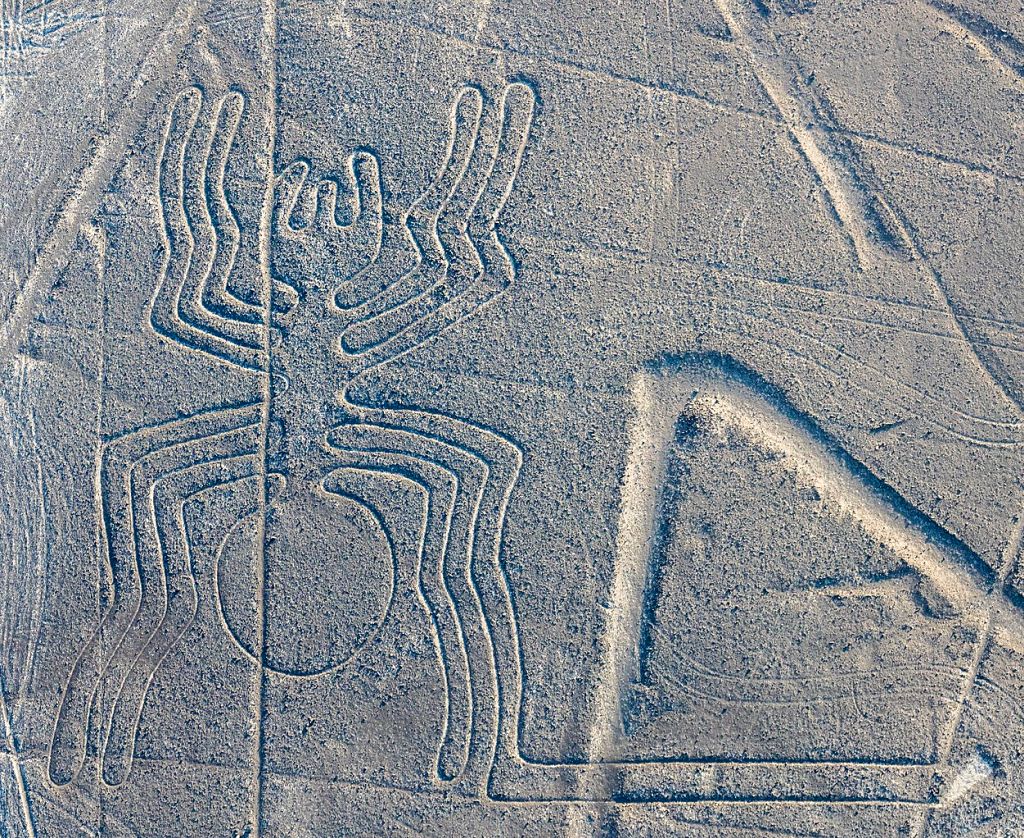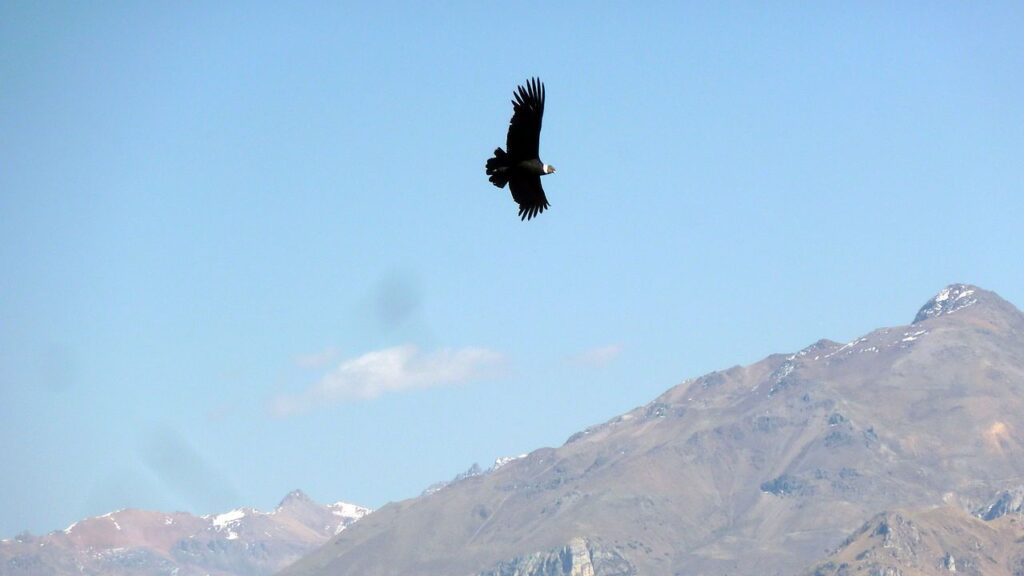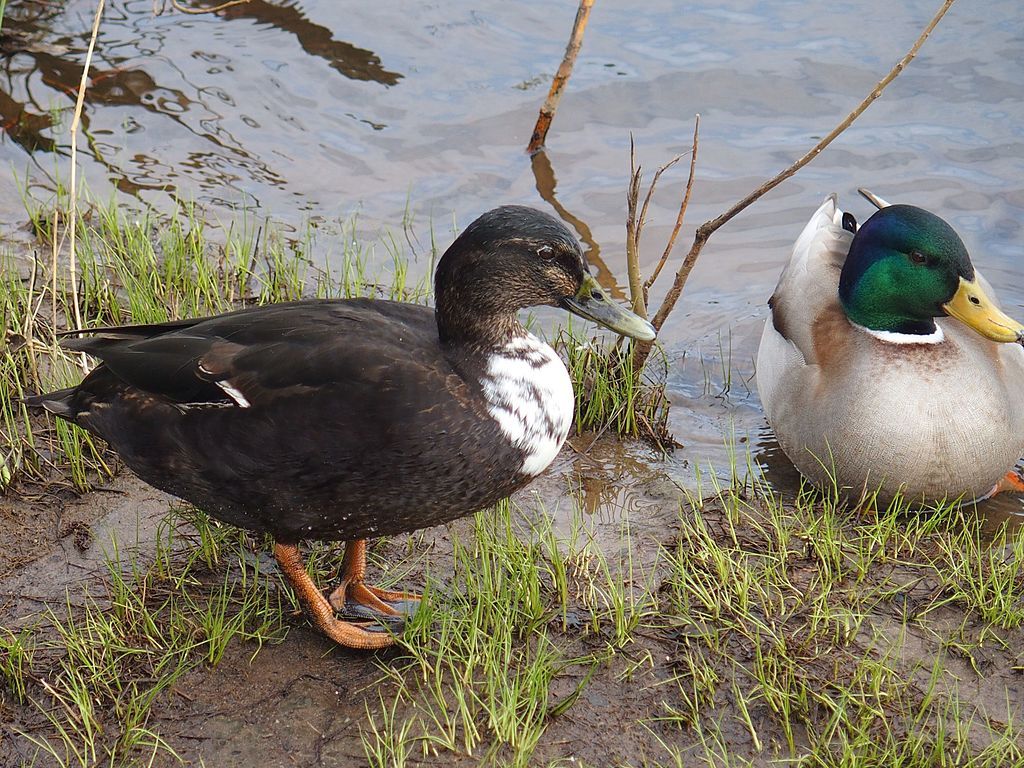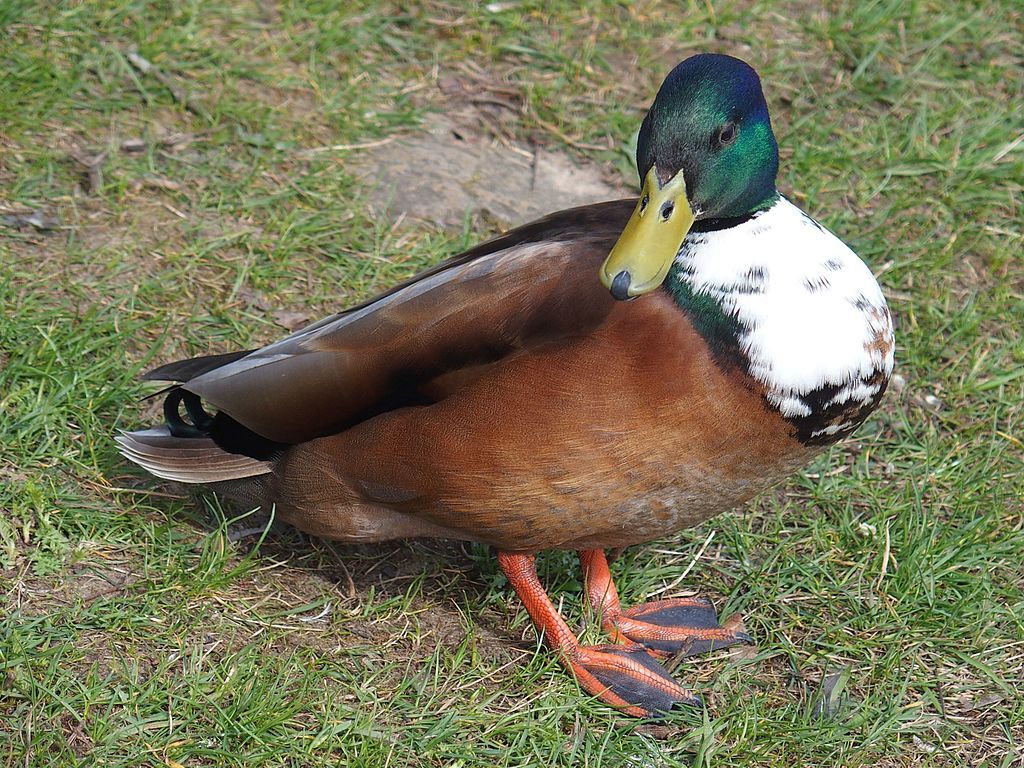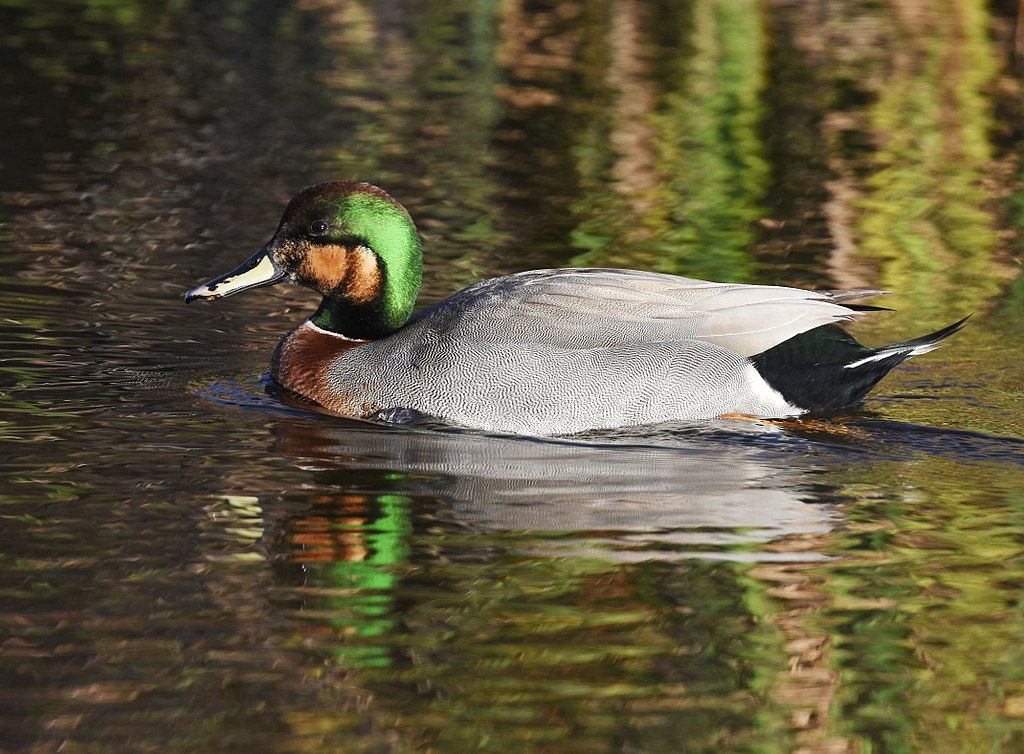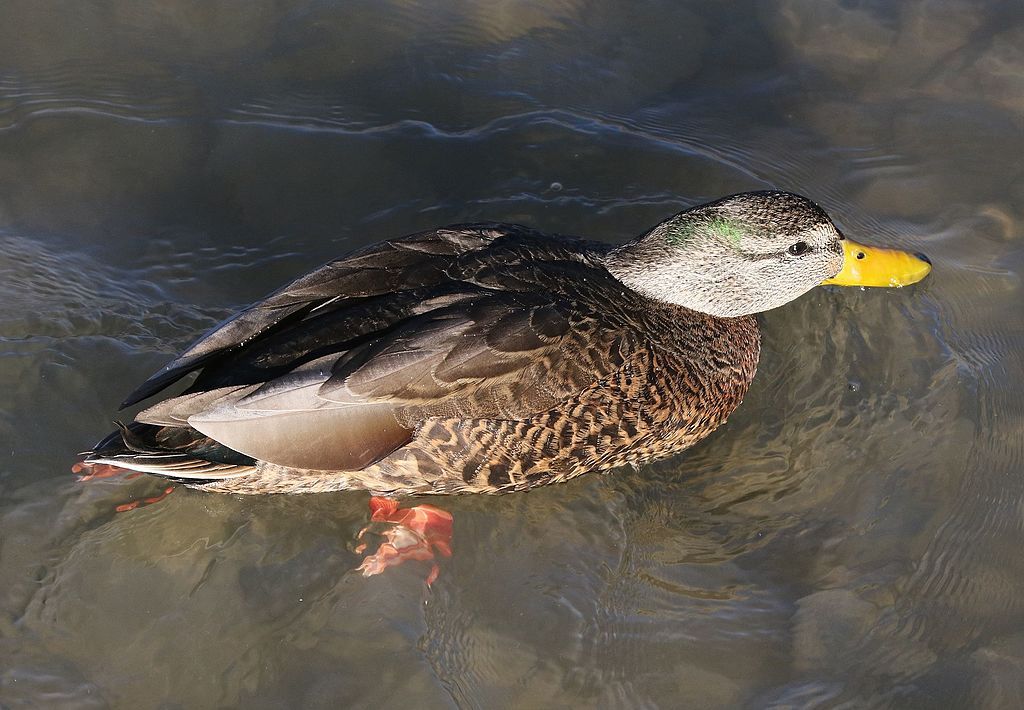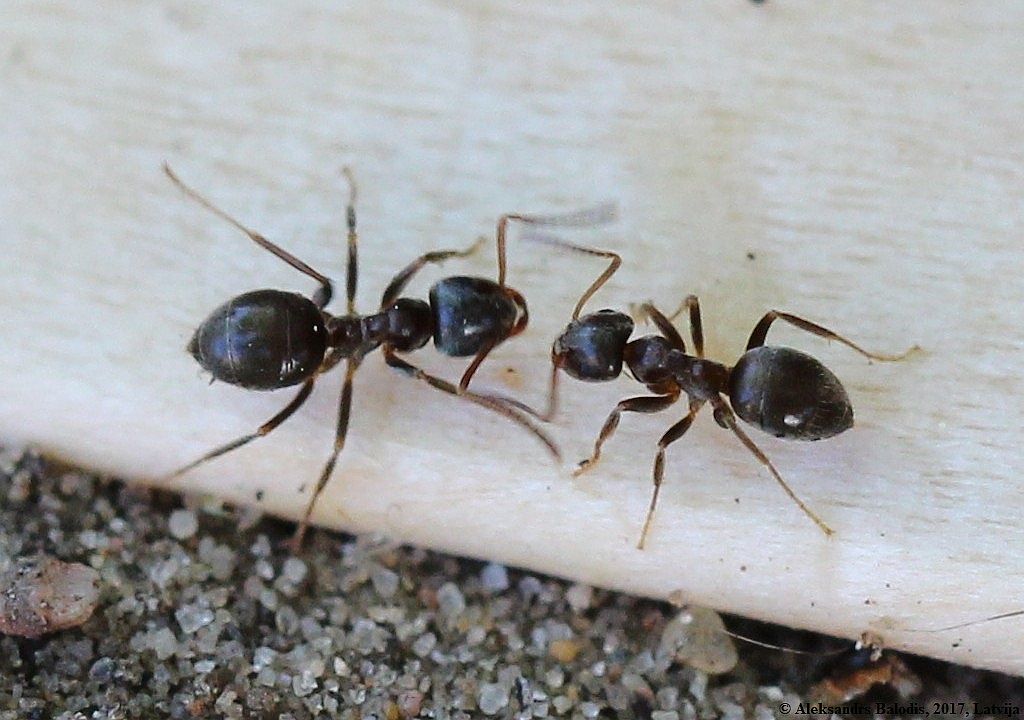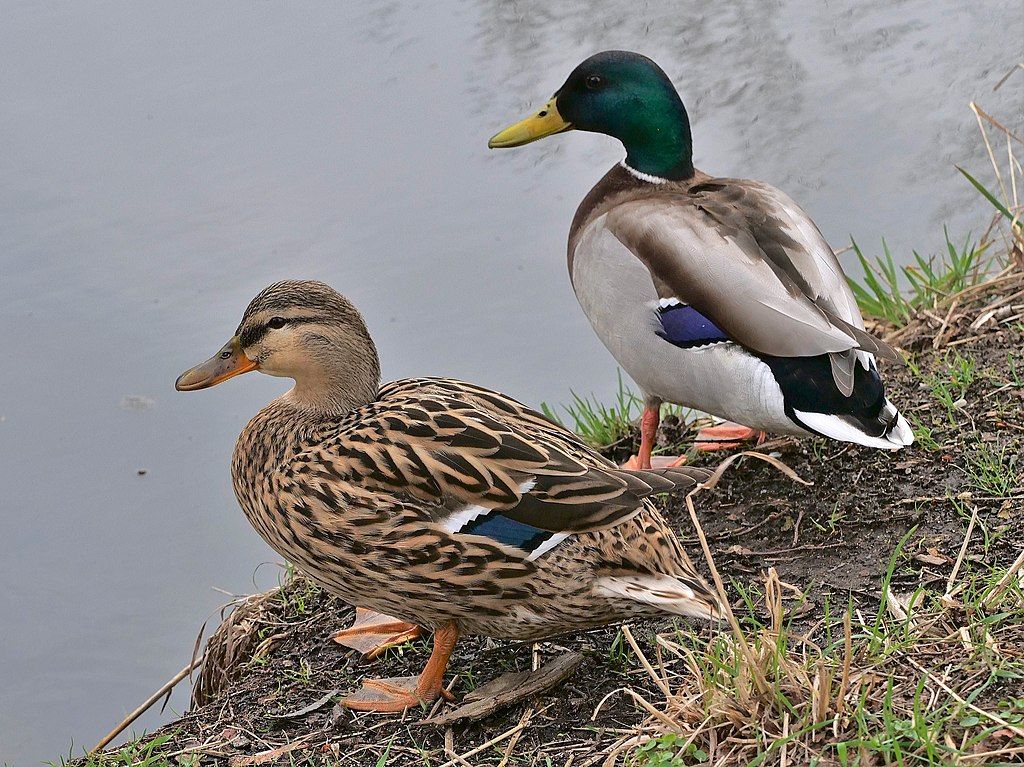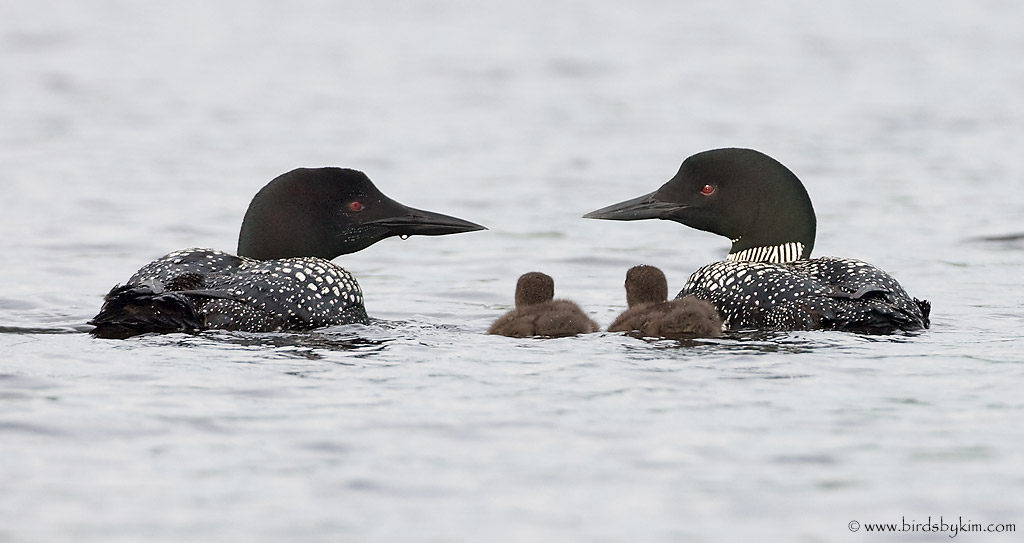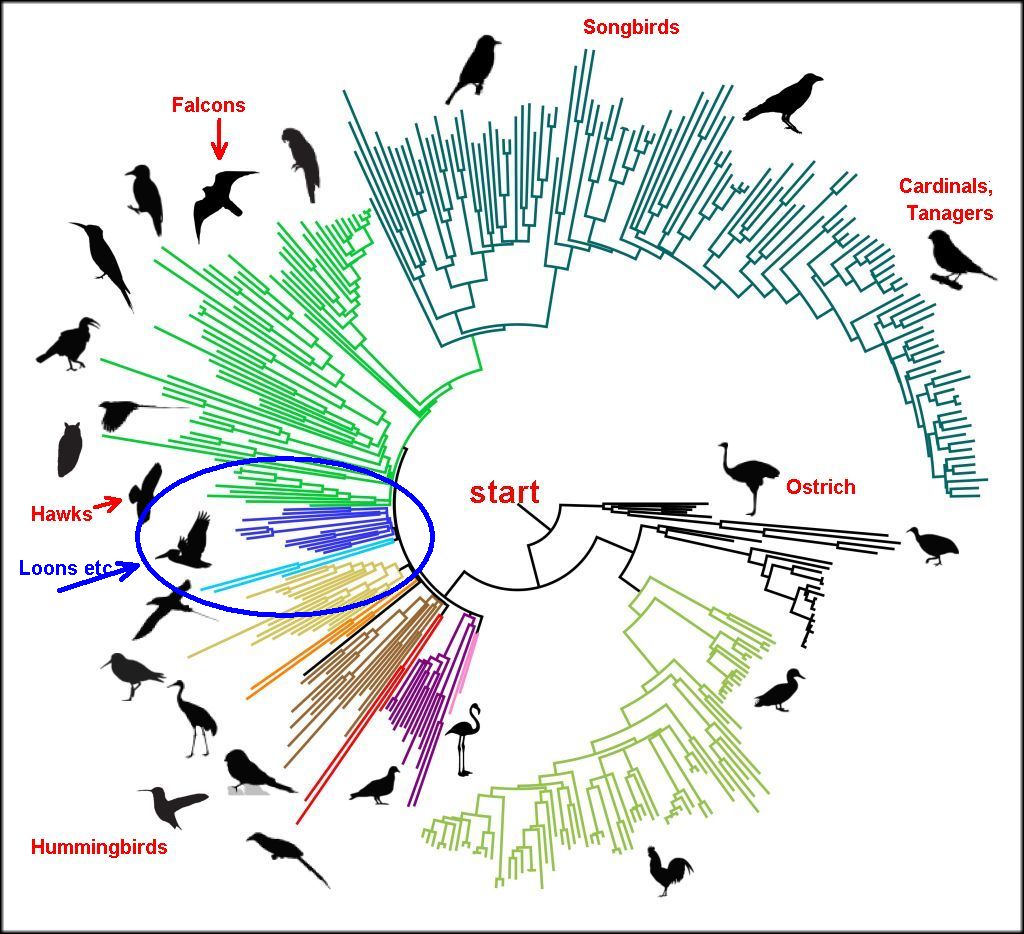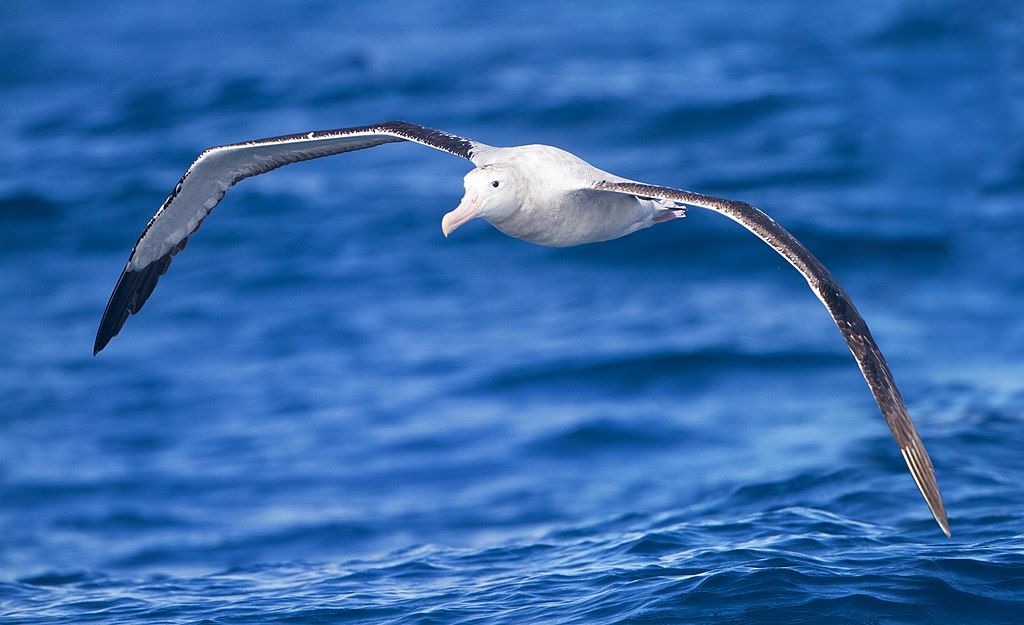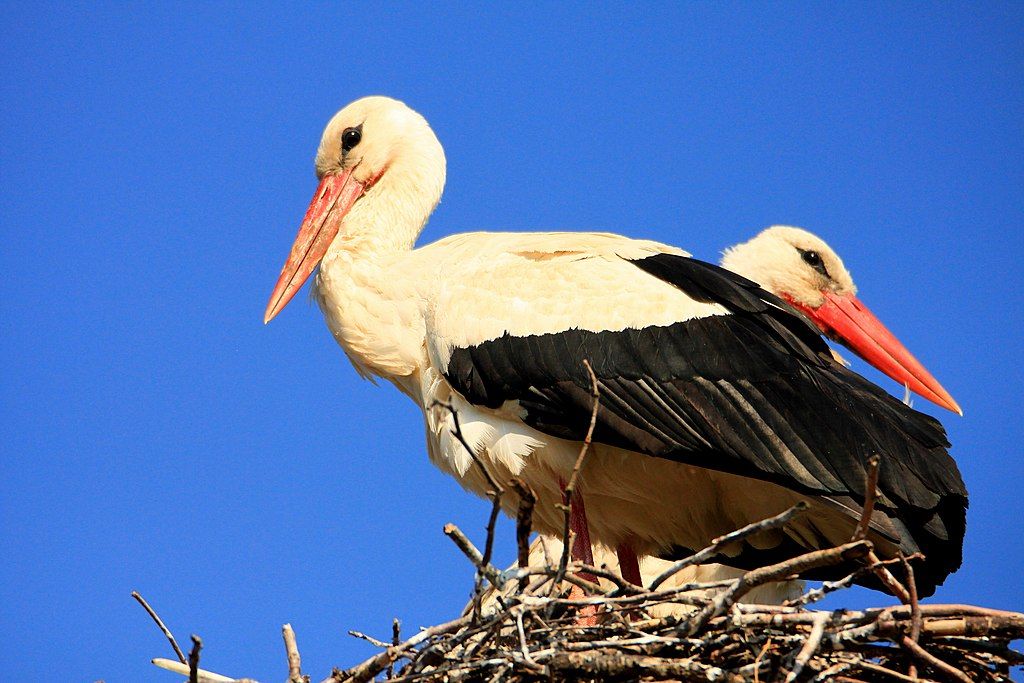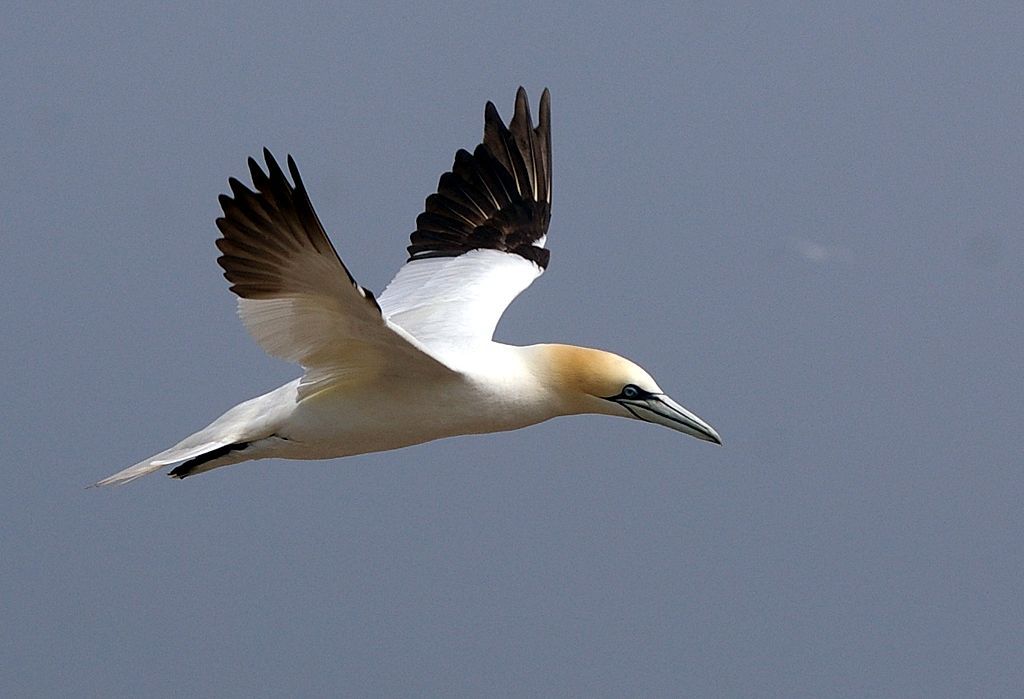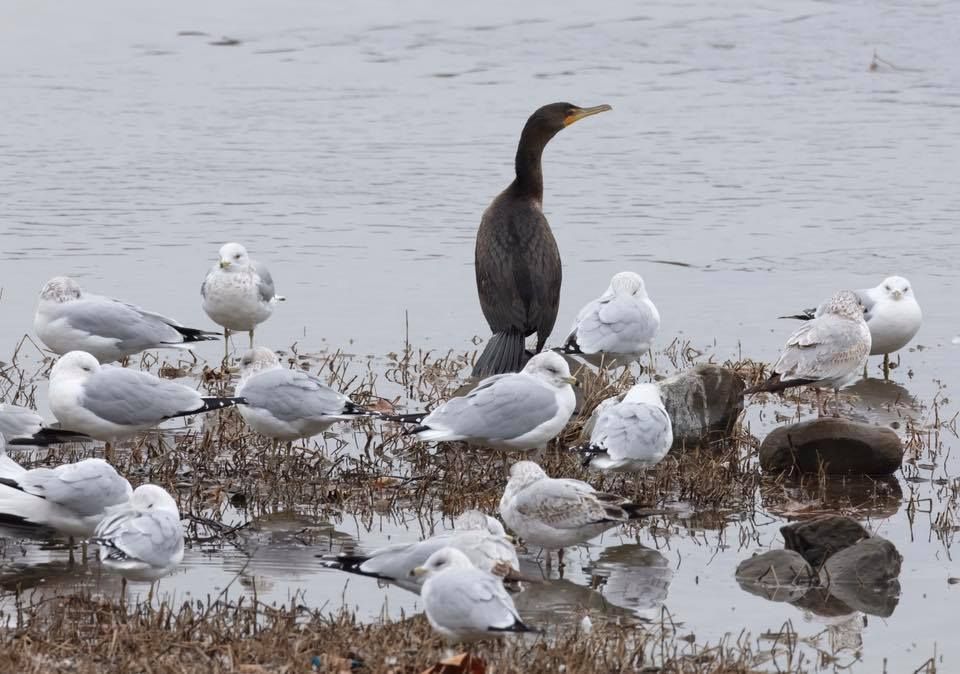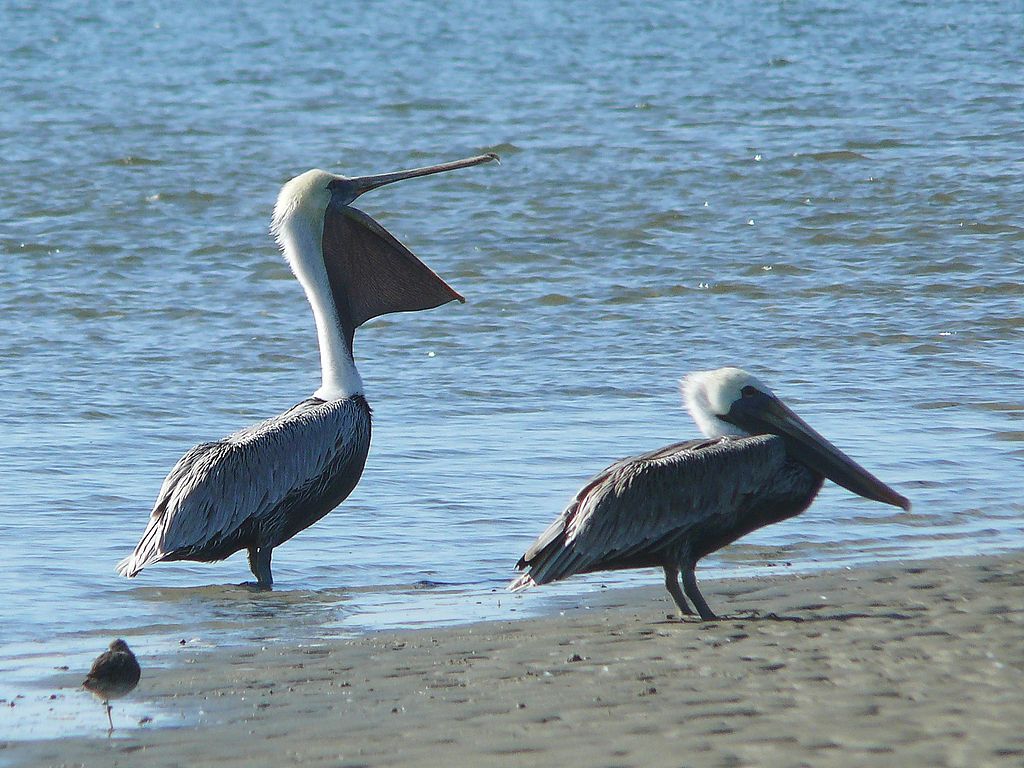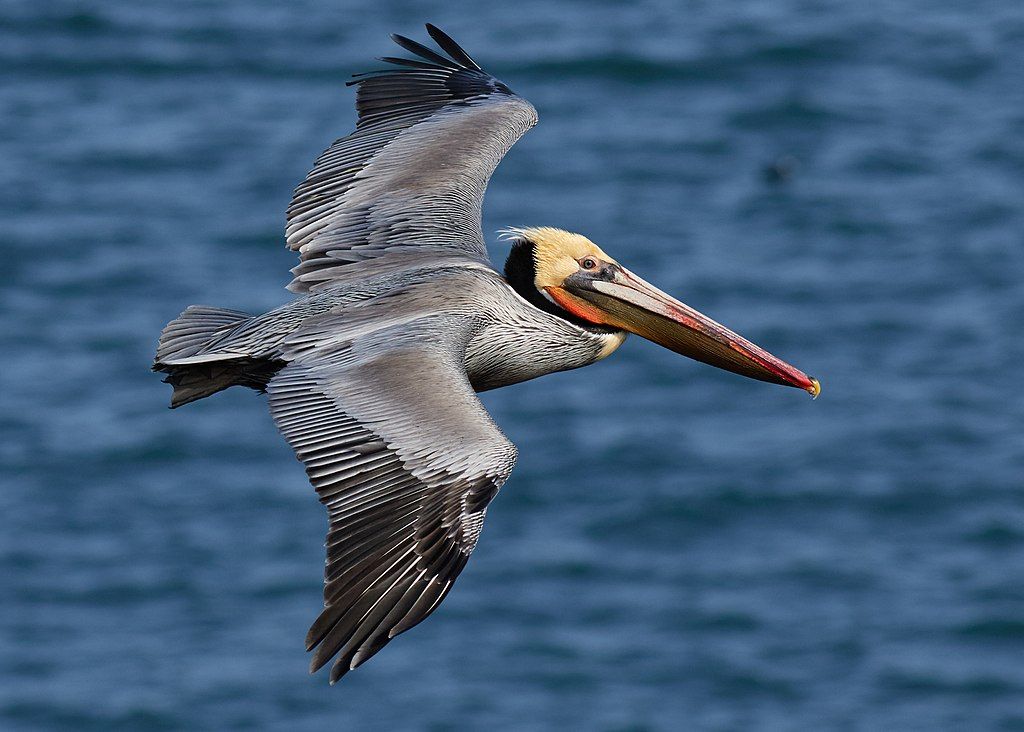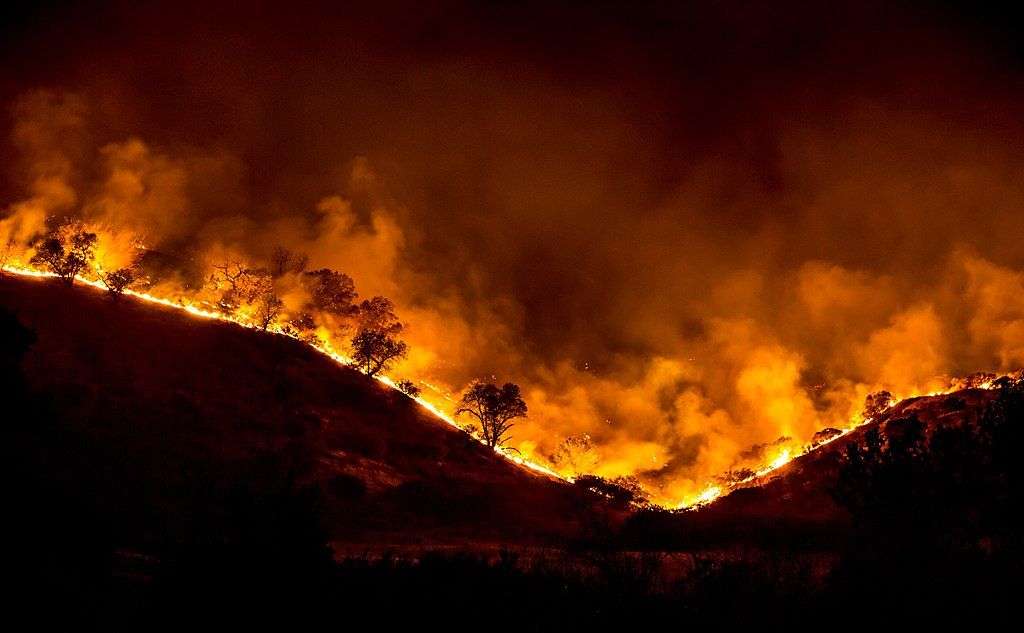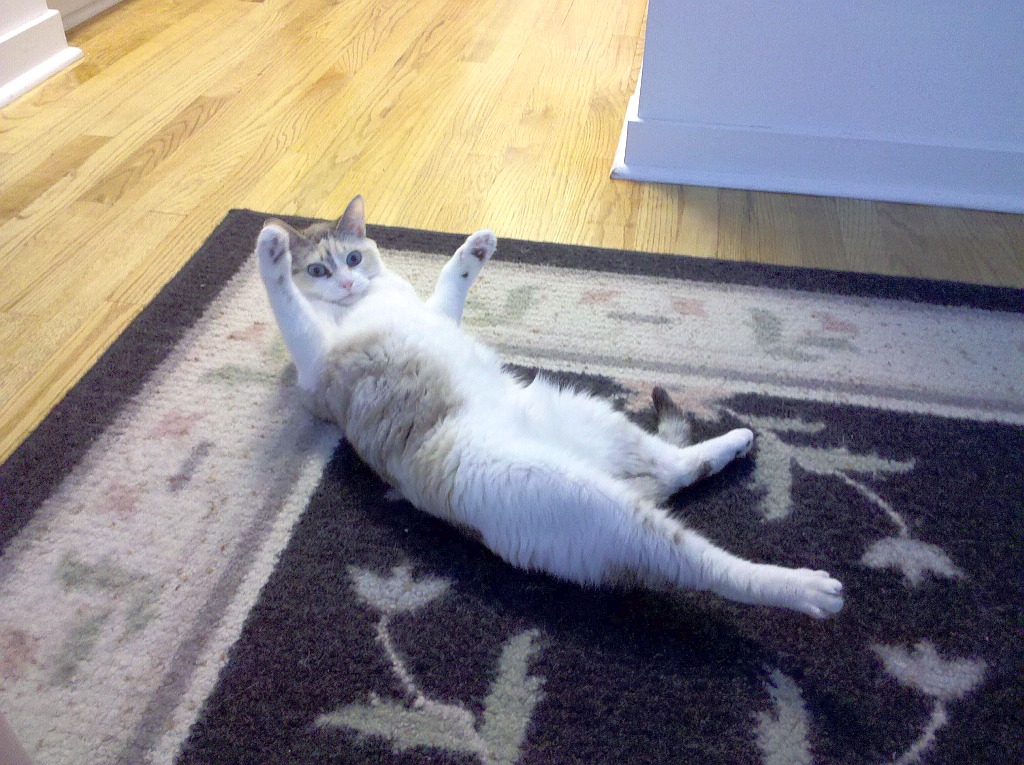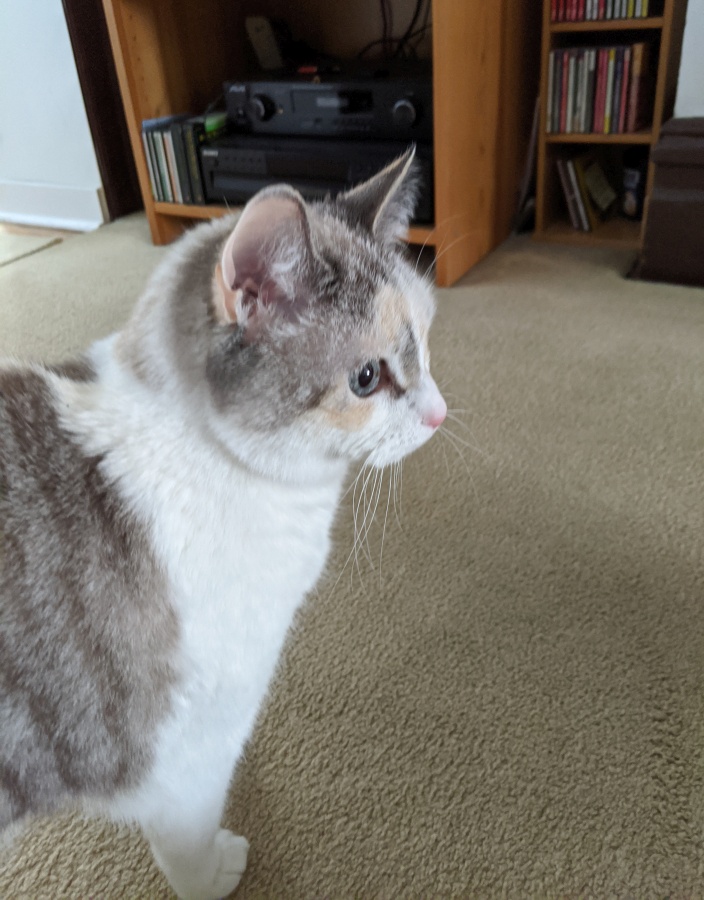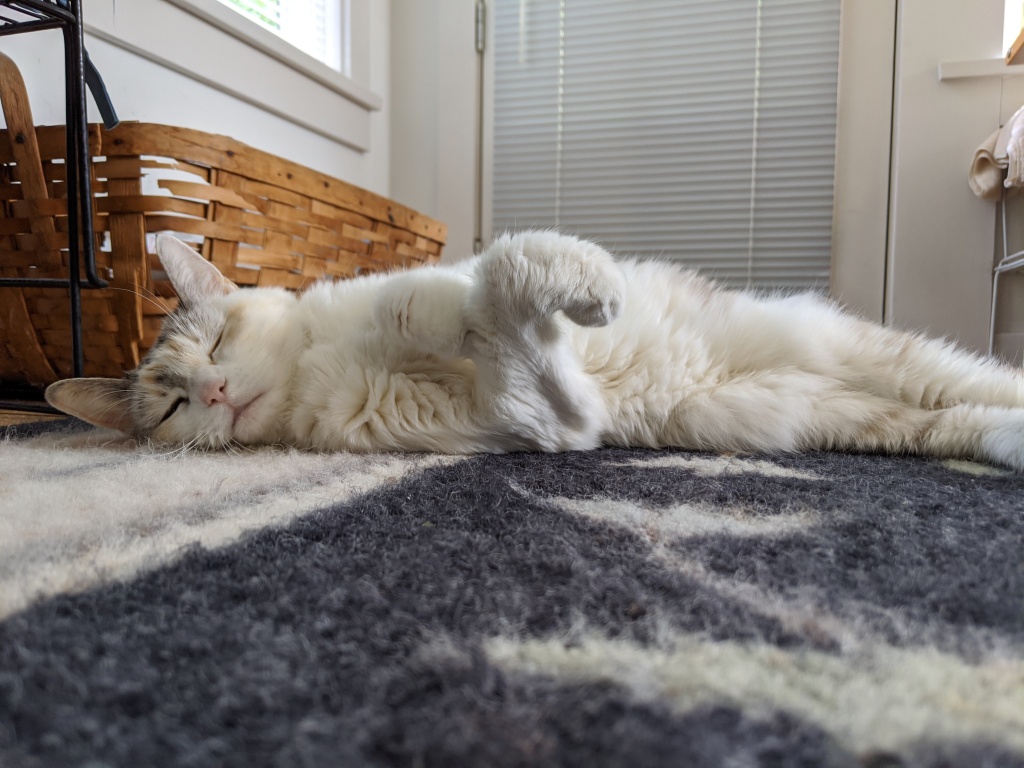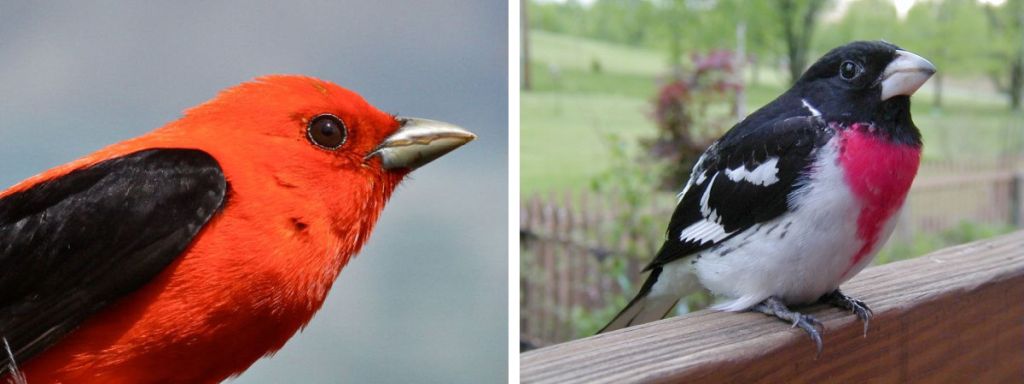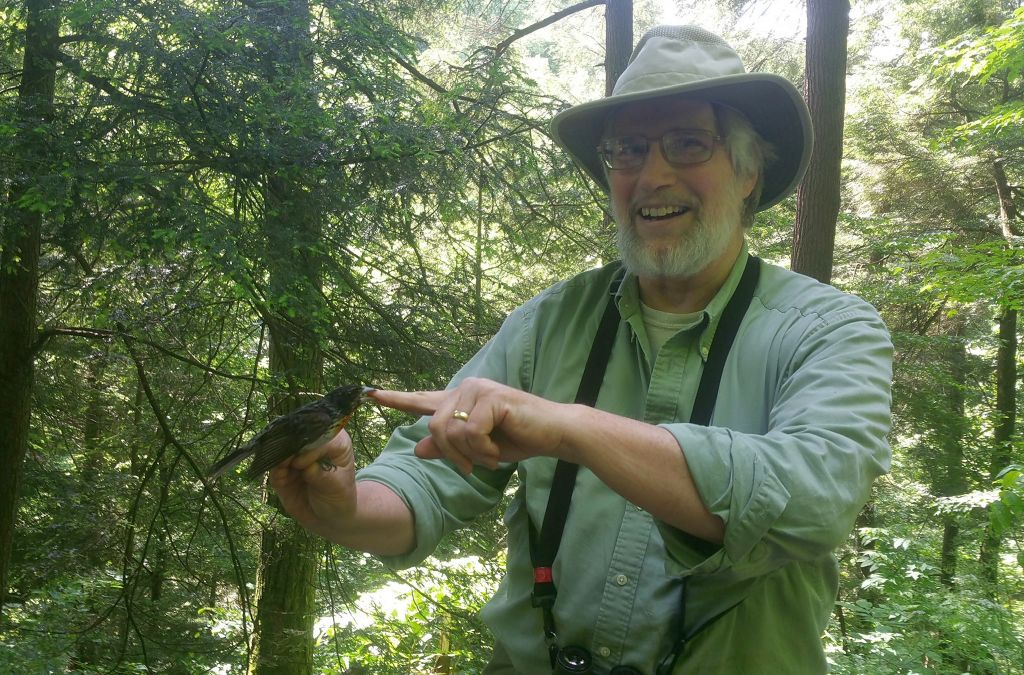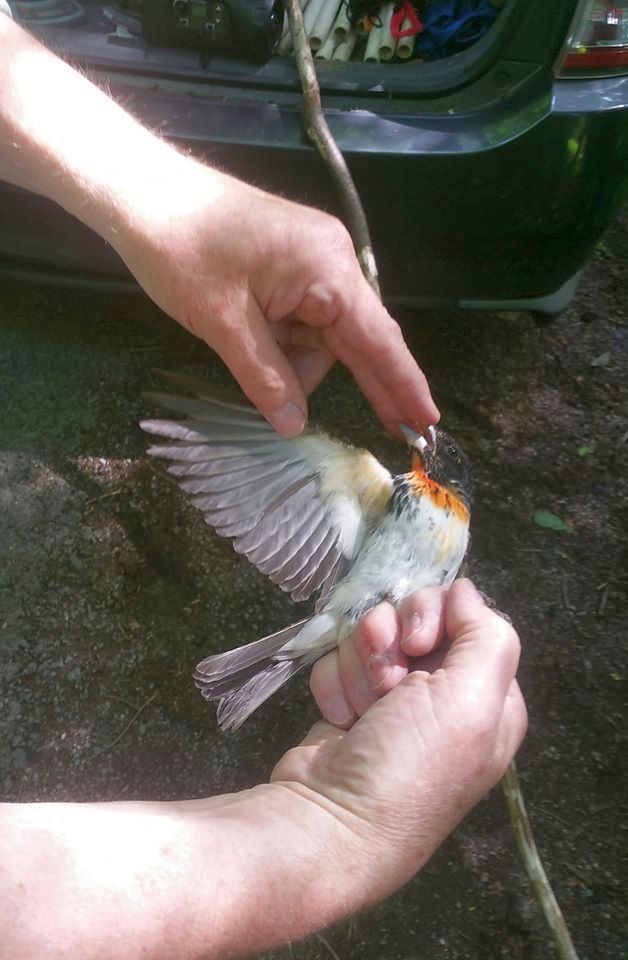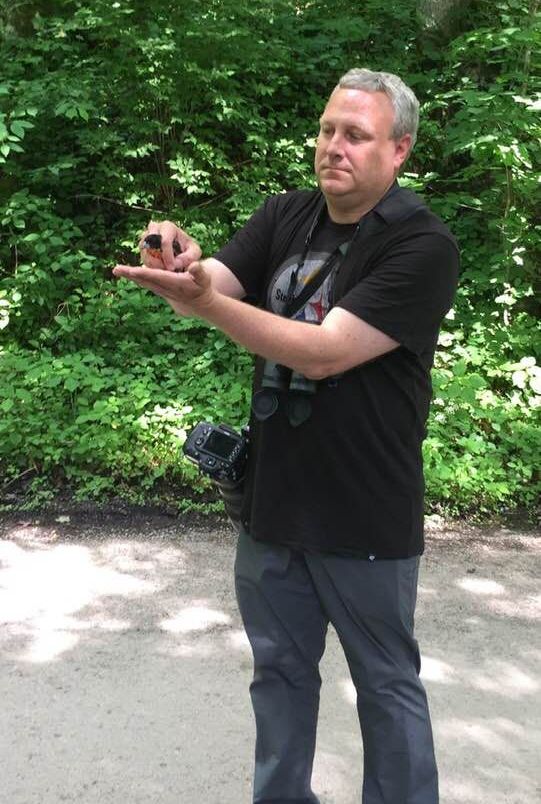
Mathematicians spend a lot of time working on problems in their heads, imagining solutions and proposing theorems. Sometimes an engineer is inspired to flesh out a proposal in real life to prove it’s true. Thus was born the gömböc, pictured above.
In 1995 Russian mathematician Vladimir Arnold described a theoretical object that has just one stable and one unstable point of equilibrium. When it sits on a flat surface it always rights itself like a roly poly toy except the gömböc is not weighted (the toy is).
The gömböc was harder to flesh out than you’d think. Hungarian engineer Gábor Domokos discussed the theory with Arnold in 1995. In 2006 he presented the real life solution. This 5 minute video shows why a gömböc is unique and describes Domokos’ quest.
During the quest, Domokos looked for gömböcs in nature and found tortoises that are shaped this way.
If an Indian star tortoise ends up on his back, he draws into his shell and automatically rights himself because his shape closely resembles a gömböc. (He has to use his limbs sometimes due to less than flat ground conditions and shell imperfections.)
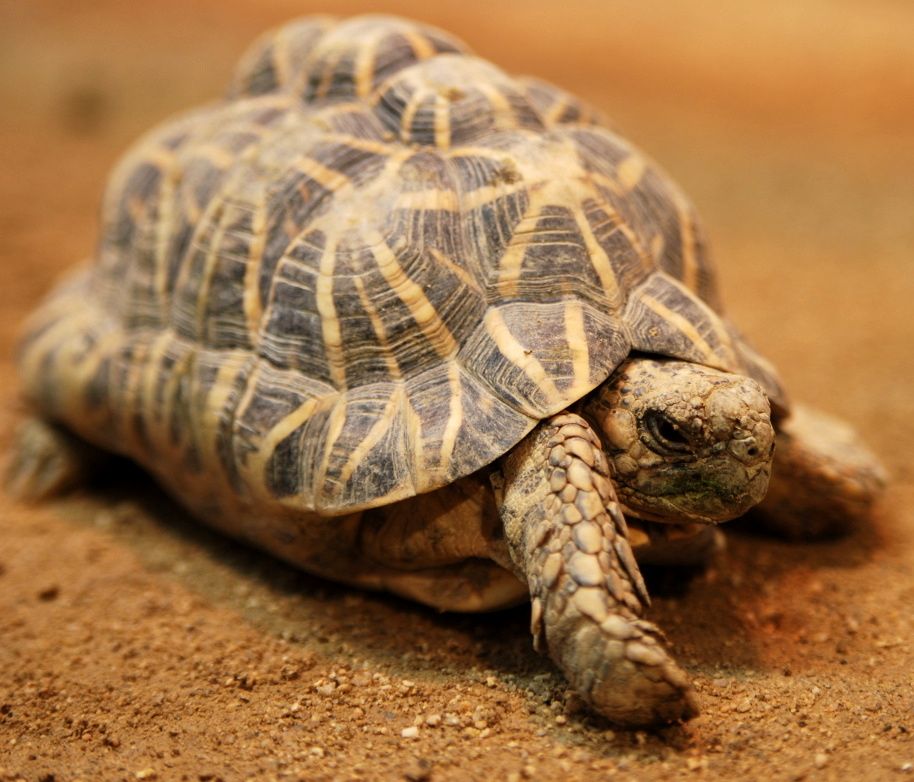
Life imitates math imitates life.
(photos from Wikimedia Commons; click on the captions to see the originals)
